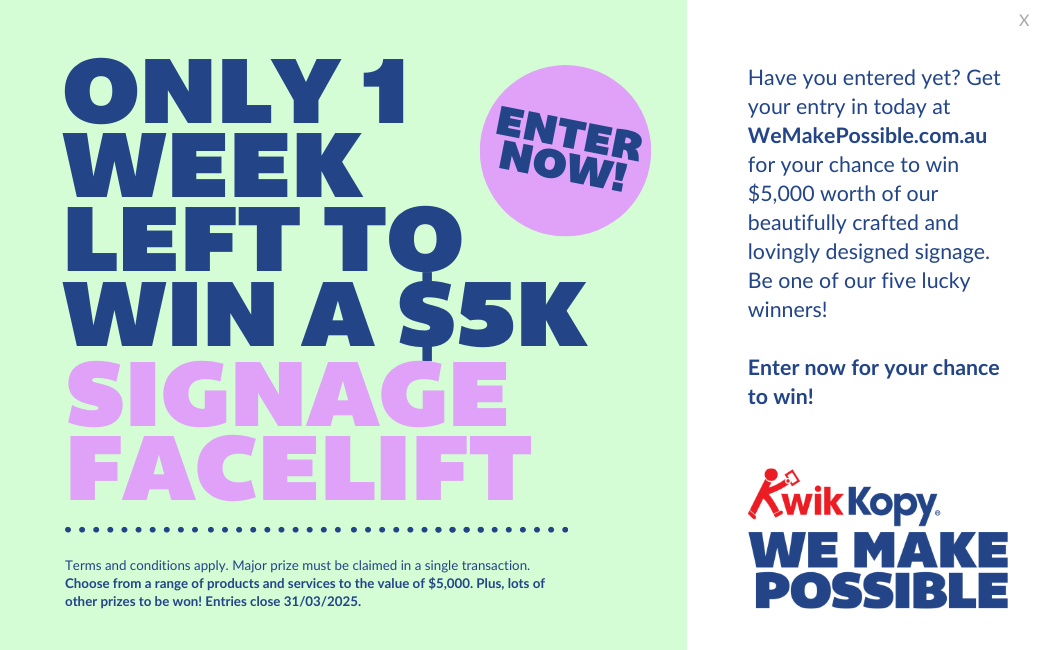
Print folding is a critical technique in print finishing that transforms flat sheets of paper into organized, functional, and aesthetically pleasing folded products. Whether it’s for brochures, leaflets, invitations, or complex multi-page documents, folding plays a pivotal role in enhancing usability and presentation. Here’s an exploration of print folding in the context of print finishes:
Types of Folds:
- Basic Folds:
- Half-Fold: A single fold dividing the paper into two equal halves. Commonly used for greeting cards or simple brochures.
- Tri-Fold (Letter Fold): Two folds creating three equal panels, ideal for brochures, menus, or informational leaflets.
- Z-Fold: Alternating folds creating an accordion-like pattern. Often used for promotional materials or event programs.
- Specialty Folds:
- Gate Fold: Two side panels folding inward to meet in the center, revealing a larger interior panel. Great for high-impact presentations or product launches.
- Accordion Fold: Continuous folds creating a zigzag pattern, allowing for multiple panels and intricate designs. Perfect for maps or complex informational materials.
- Custom Folds:
- Print finishers can create custom folds tailored to specific design requirements, accommodating unique layouts or branding needs.
Functions and Benefits:
- Organization and Structure: Folding organizes information into manageable sections, improving readability and guiding user interaction with the printed piece.
- Space Optimization: Efficient use of space allows for compact storage and distribution of information-rich materials like brochures or instructional manuals.
- Enhanced Presentation: Well-executed folds contribute to a professional appearance, making printed materials more visually appealing and engaging.
- Versatility: Different fold types cater to diverse content needs, from showcasing product features to providing step-by-step instructions or event schedules.
Considerations in Print Folding:
- Paper Selection: Paper weight and finish influence how well a sheet folds and retains its shape. Thicker stocks may require scoring to prevent cracking along fold lines.
- Precision and Alignment: Accurate folding ensures that edges and panels align perfectly, maintaining a polished look and functional integrity.
- Scoring and Creasing: Pre-folding preparation techniques like scoring or creasing help create crisp, clean folds, especially on thicker or coated papers.
- Automation vs. Hand Folding: Automated folding machines streamline production for high-volume jobs, ensuring consistency and efficiency. Hand folding may be necessary for complex or specialty folds requiring careful attention to detail.
Integration with Other Finishing Techniques:
Print folding often complements other finishing processes such as cutting, binding, and coating, enhancing the overall functionality and appeal of printed materials. Whether as standalone pieces or integrated into larger projects, folded prints play a crucial role in conveying information effectively and leaving a lasting impression on the audience.
In conclusion, print folding is more than just bending paper—it’s a strategic process that transforms flat surfaces into dynamic, interactive tools for communication and engagement. By leveraging different fold types and techniques, print finishers enhance the utility, attractiveness, and impact of printed materials across various industries and applications.


